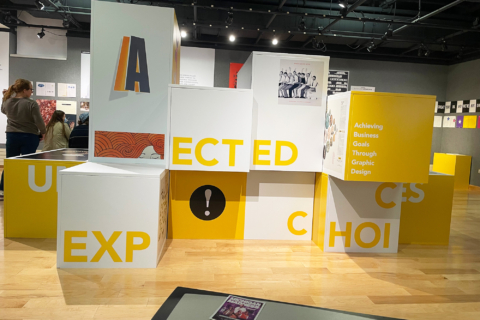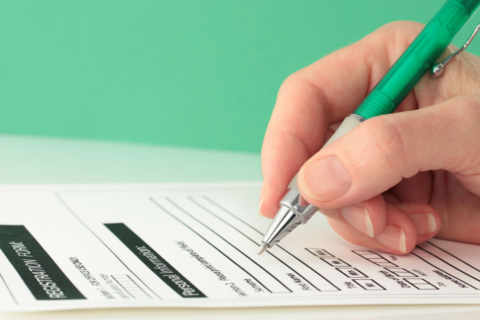Header image credit: Adeas Printing
I can’t remember the last time I mailed something. The process is pretty simple: you write a letter, you get an envelope and a stamp, you write the necessary information on the envelope, and you send it. In the professional world, however, it isn’t as simple as grabbing a random piece of paper and a random blank envelope that fits. Certain sizes and types of envelopes serve certain purposes and fit certain documents to make the communication process more organized and coherent.
Paper Sizes
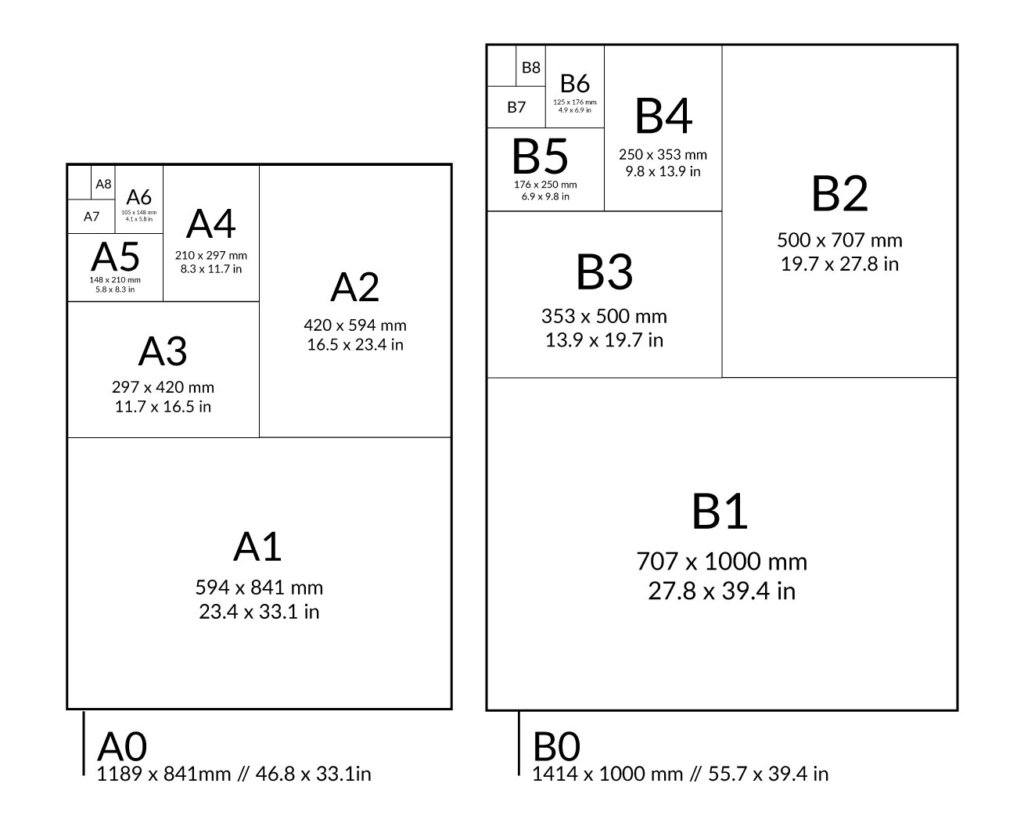
Image credit: Kinokuniya
For reference, many envelopes follow a standard sizing system that has different purposes for different shapes and sizes of stationary. Therefore, envelope types can either encompass one or many of these sizes.
Commercial Envelopes
This is where my mind typically goes when I think of an envelope. They will have a blank, solid face and produced for all of the various paper sizes. Some common sizes of this type of envelope include the #10 envelope and monarch, which both fit specific sized papers.
Within the commercial envelopes, there are a couple different styles:
Square Flap

Image credit: Paperworks
Changing the traditionally triangular flap on the envelope for a more contemporary rectangular shape, this style stands out from the mass-produced traditional flaps. Their unique shape makes it difficult to use in auto-insertion processes, which implies a sense of personal care and intimacy when they are used. In addition, this style is well-suited for processes such as engraving and thermography which can add designs that connect to a brand system.
Policy Flap
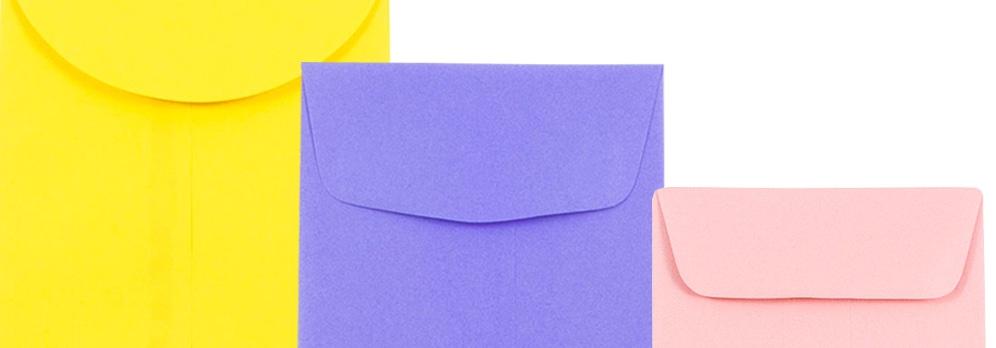
Image credit: JAM Paper
Unlike the traditional image of an envelope, which opens from the wider top, these flaps are designed on the narrow side of the envelope. They are more typically used for custom marketing materials that take advantage of vertical layouts such as brochures, invitations, and others. In addition, they are unconventionally used for common business correspondence as well to add a unique touch to a brand system.
A-Style Envelopes

Image credit: PaperPapers
These types of envelopes are reserved for announcements, and typically have a square flap and the stationary inside is either a single-fitted piece or folded in half. They come in text weight papers and come in various colors and textures because of their more ceremonial purpose.
They also come in four main styles, such as:
Commercial
Typically supplied with a single gummed envelope, this is the most commonly used type of announcement. They are also referred to as a baronial card or folder, due to them being accompanied with matching folders.
Social
This style is more widely available due to its more casual use. They are typically produced and sold in bulk along with the invitations.
Traditional
These are created with white or natural-colored papers. While they can be made with more uncommon fibers like cotton, they are typically produced with high-quality paper materials.
Contemporary
Contemporary announcement envelopes are the more stylized style of announcement envelopes. They typically feature more variation in color, texture, and decoration.
Large Media Envelopes
Booklet

Image credit: JAM Paper
Characterized by their larger size and long-side opening, these envelopes are meant to hold higher counts of papers. Due to their long-side openings, they are also referred to as “open-side” envelopes. Some examples of the contents they typically hold:
- Annual reports
- Marketing brochures
- Sales materials
- Proposals
Coming in two sizes of 9 x 12 and 10 x 13, they typically hold larger paper sizes as well as a large number of them. They come in the various flap styles of standard (for auto-insertion), peel-and-seal, and square.
Catalog

Image credit: Amazon
Catalog envelopes, also called open-end envelopes due to their short-side openings, are intended for heavier materials. To accomplish this, they feature a center seam that reinforces the envelope and makes it more durable. Some of the typical contents they hold:
- Presentation materials
- Multiple documents
- Catalogs (obviously)
These envelopes also come in 9 x 12 and 10 x 13 sizes.
Square Envelopes
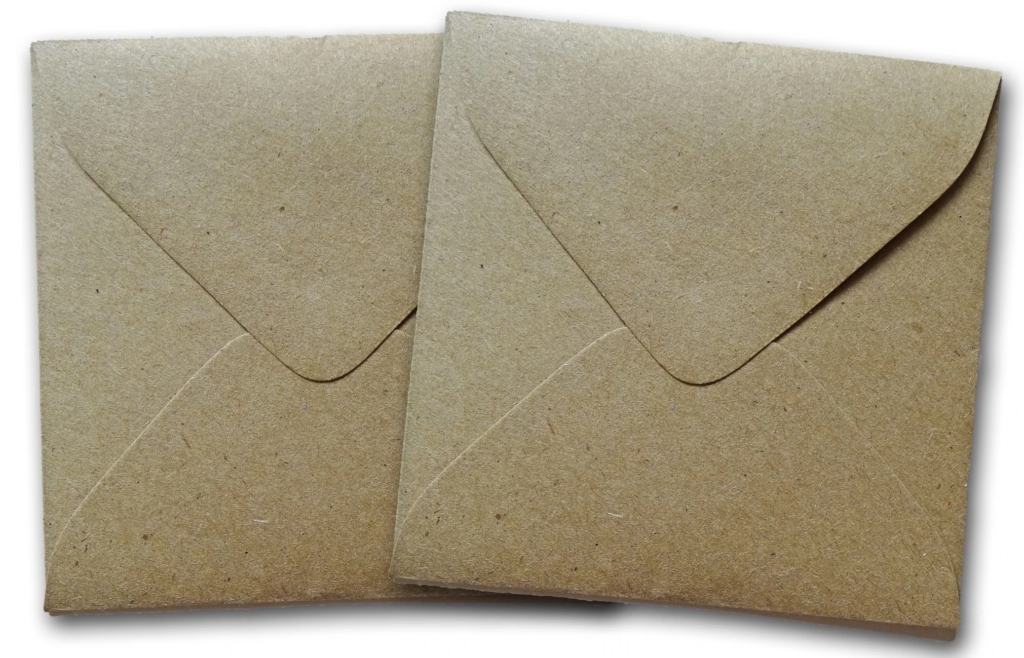
Image credit: Cut Card Stock
Square envelopes serve more as a catch-all for specialty stationary. Some examples of this specialty stationary are:
- Announcements
- Advertising
- Specialty greeting cards
- Invitations
The main characteristics of these envelopes are their unique square shape, square flap, and use of the durable side seam. Sizes can range from 5″ squares to 8.5″ squares.
What is Side Seam?
After mentioning it a couple times in various envelope types and styles, you’re probably wondering what that means. Trust me, so did I! Essentially, side seam has to do with the way the back folds together on the envelope. The traditional and standard method for doing this is the diagonal seam, which creates an ‘x’ shape on the back of the envelope.

Image credit: 4Over4
In contrast, side seam uses small flaps at the side with a much larger back flap adhered to them and creates a more seamless-looking back to the envelope.
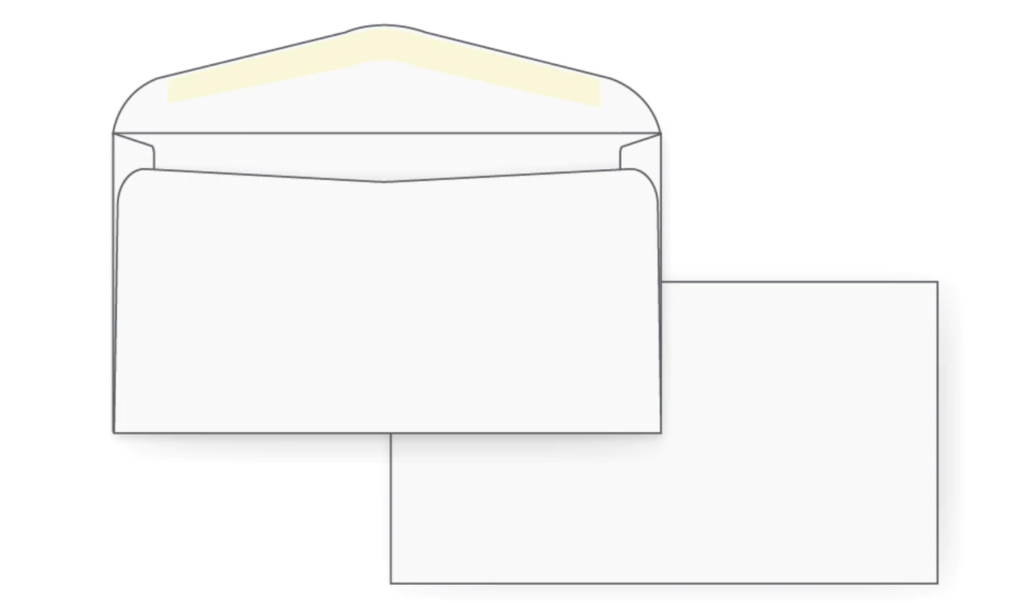
Image credit: 4Over4
This is meant to make the envelope more durable by making the back flap more of a single solid piece rather than 3 connected flaps.
With this information in hand, hopefully the next time you or I need to mail something, we can make an educated decision about the envelope that contains it.
References
Pocket Pal, The Handy Book of Graphic Arts Production. 20th ed., International Paper Company.
“Types of Envelopes.” Neenah Paper, https://www.neenahpaper.com/resources/paper-101/types-of-envelopes.
Accessed 7 Feb 2022.
Underwood, Alexis. “What is a Side Seam envelope…” 4Over4, https://www.4over4.com/help/article/qkvuyzugdg-what-is-a-side-seam-envelope-and-how-does-it-differ-from-a-diagonal-seam-envelope. Accessed 7 Feb 2022.



